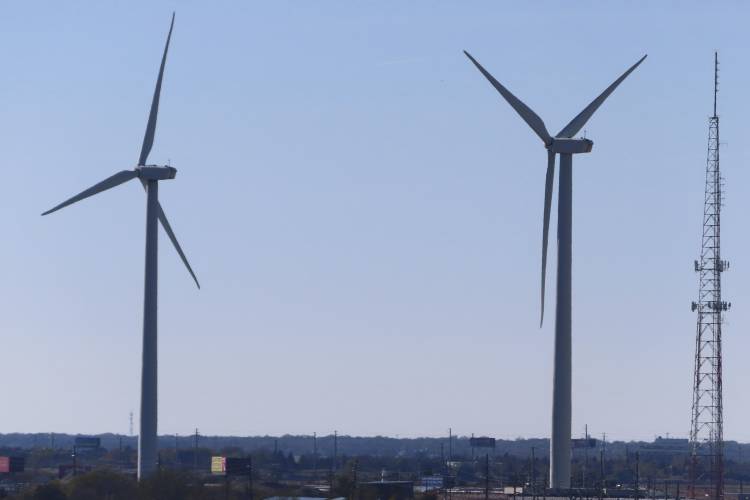In response to the burgeoning development of offshore wind farms along the East Coast of the United States, two prominent environmental agencies, the US Bureau of Ocean Energy Management (BOEM) and the National Oceanic and Atmospheric Administration (NOAA), have unveiled a joint strategy aimed at safeguarding the critically endangered North Atlantic right whales.
With only approximately 360 individuals of this species remaining worldwide, this collaborative initiative aims to utilize artificial intelligence (AI) and passive acoustic monitoring to comprehensively assess the impact of offshore wind farms on marine animals.
AI and acoustic monitoring for whale protection
The novel strategy, designed to support President Biden’s ambitious goal of deploying 30 gigawatts of offshore wind energy by 2030, employs AI technology in tandem with passive acoustic monitoring to track the whereabouts of North Atlantic right whales and monitor the effects of offshore wind development on their habitat.
By combining these advanced technologies, the agencies aim to gain precise insights into the whales’ locations and behavior, allowing them to take proactive measures to prevent adverse effects.
The comprehensive plan outlines several key measures to mitigate the potential harm to these endangered whales. These measures include avoiding the construction of wind farms in areas that could negatively impact the whales, implementing noise limits during the construction phase, and supporting research efforts to develop quieter technologies that could reduce the impact on marine life.
Additionally, the agencies intend to conduct “robust sound field verification” to measure current noise levels accurately, ensuring they adhere to established limits.
BOEM Director Elizabeth Klein emphasized the administration’s commitment to responsible offshore wind energy development, stating, “The Biden-Harris administration is committed to ensuring offshore wind energy development is done in a responsible manner.” Klein further emphasized balancing offshore wind goals with protecting the North Atlantic right whale and the environment.
Equinor and BP’s lease swapping
Coinciding with the announcement of the AI-driven strategy, Equinor and BP have decided to swap leases for offshore wind projects in Massachusetts and New York. Equinor will take full ownership of the Empire Wind projects, while BP will assume ownership of the Beacon Wind projects despite Equinor incurring a loss of approximately $200 million.
This move highlights the growing interest and investments in offshore wind projects in the region.
Whale Mortality and Offshore Wind Development
Over the past 13 months, dead whales have been washing ashore along the East Coast, raising concerns that offshore wind projects might be responsible for these fatalities. However, both BOEM and NOAA assert that, as of the current findings, there is no concrete evidence linking offshore wind development to whale mortality.
Many of these incidents are attributed to collisions with ships or entanglement in fishing gear. The International Whaling Commission estimates that over 300,000 whales or dolphins succumb to entanglement in fishing gear annually.
The urgent threat of climate change
While the potential impact of offshore wind farms on marine life is being closely monitored, it is essential to underscore that climate change is the most imminent threat to North Atlantic right whales and countless other marine species. With just 70 reproductively active females of the species believed to be alive, climate change poses a grave risk to their survival.
It affects their existence, from altering ocean habitats and prey availability to disrupting migratory patterns. Consequently, the transition to cleaner and renewable energy sources assumes critical importance.





